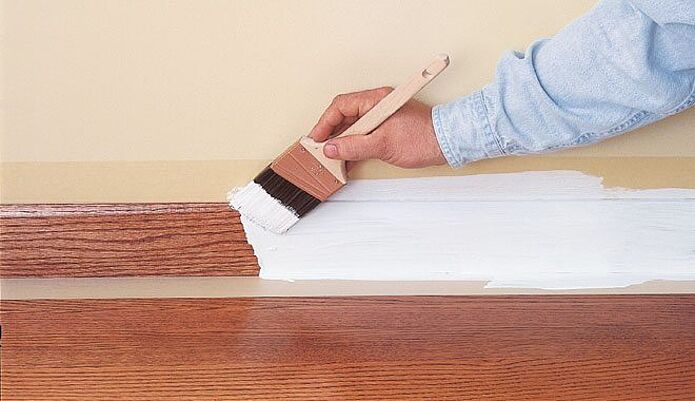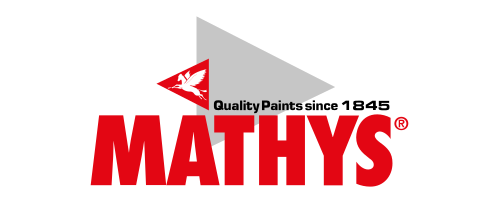Steps
1. Surface Preparation
All surfaces must be clean, dry and free from anything that will interfere with the adhesion of the materials to be applied. Remove loose and failing material by scraping or by the use of a hot air stripper to a sound edge. Feather sound edges with a fine grade abrasive paper. Prior to painting, the moisture content should not exceed 12%. Remove all dust.Remove all visible signs of organic growth and treat the areas with an efficient mould killer in accordance with the manufacturer’s instructions. Allow to dry.
For any areas with remaining sound paint clean down with Universal Cleaner & Degreaser to remove any contaminants. Rinse thoroughly with clean water to remove all residues. Allow to dry. Degrease thoroughly with methylated spirit, changing cloths regularly. Ensure all silicone polish/wax is removed. Fill any cracks and small surface defects with a suitable filler in accordance with the manufacturer’s instructions. Allow to dry. Rub down with a fine grade abrasive paper. Remove all dust.
2. Priming
Prime all areas to be decorated with one full coat of B-I-N® Primer Sealer in accordance with the manufacturer’s instructions. Allow a minimum drying time of 45 minutes in normal drying conditions.
3. Decoration
Decorate with two full coats of Perma-White® Interior Matt or Satin in accordance with the manufacturer’s instructions. Allow a minimum drying time of two hours between coats. Note: It is recommended to stripe coat edges to promote adhesion.



